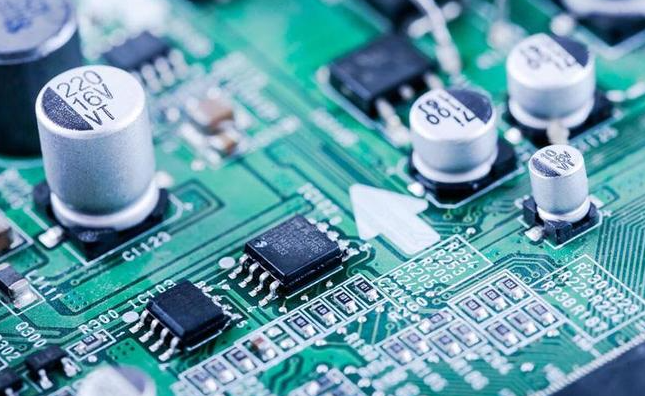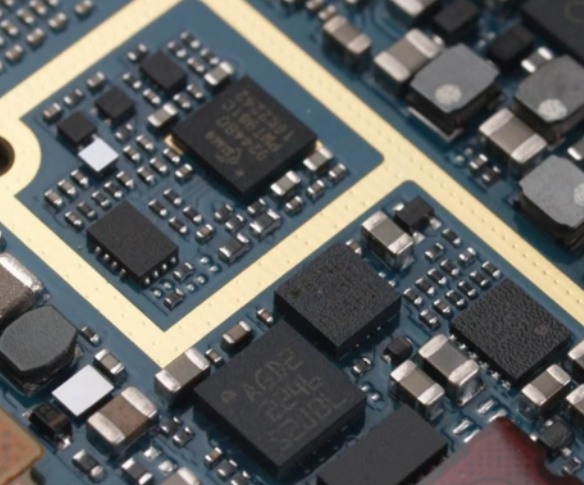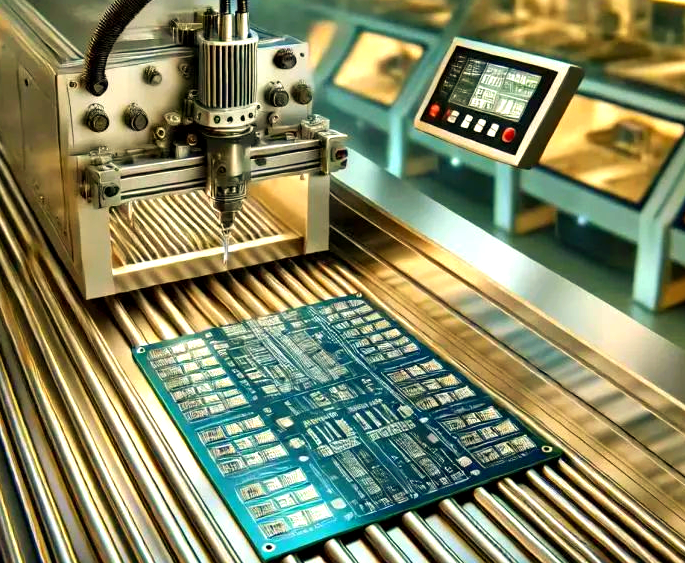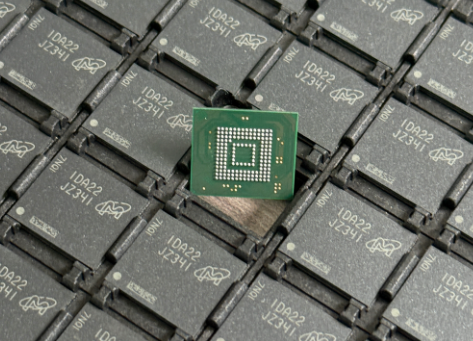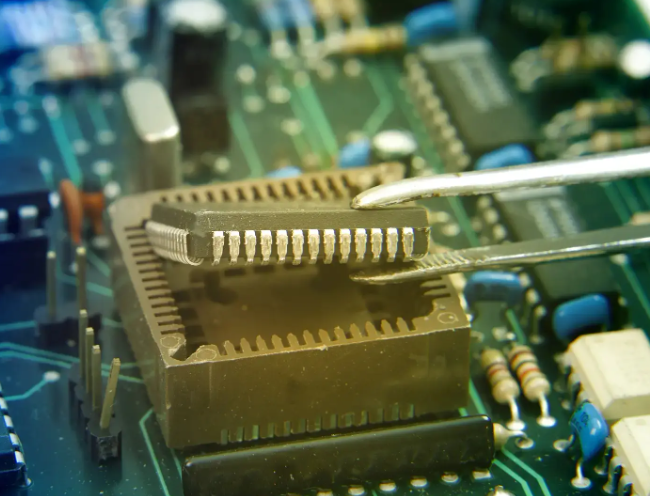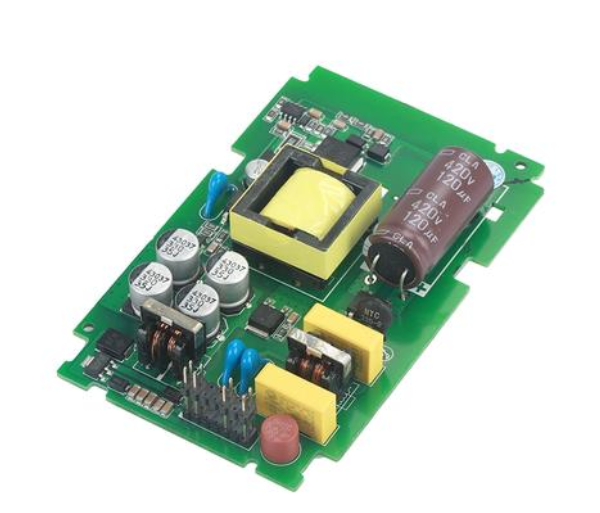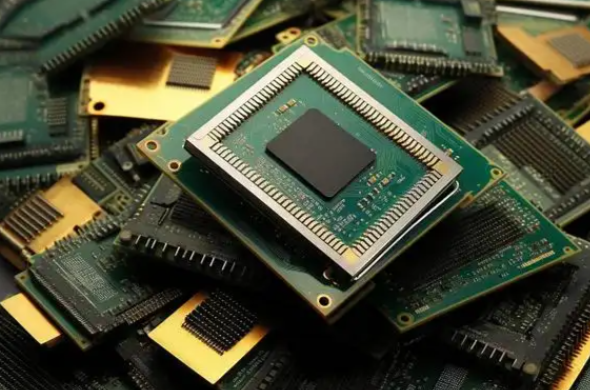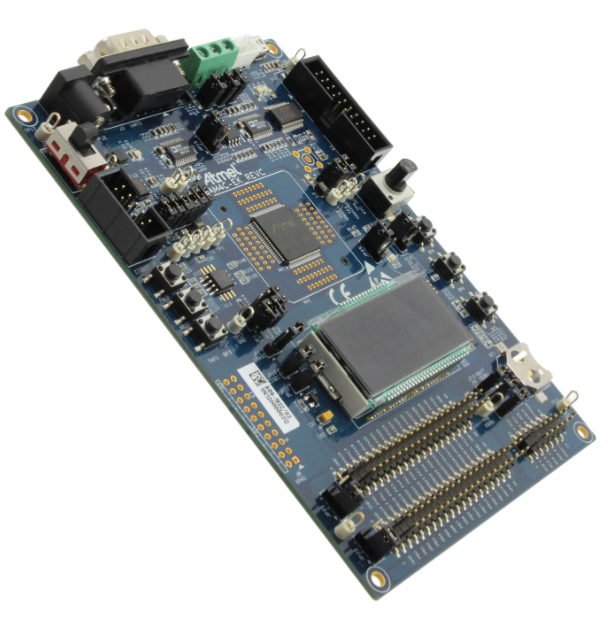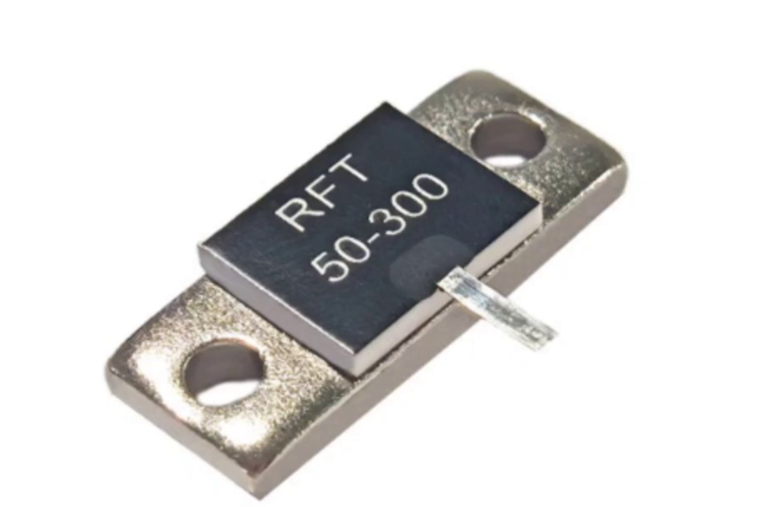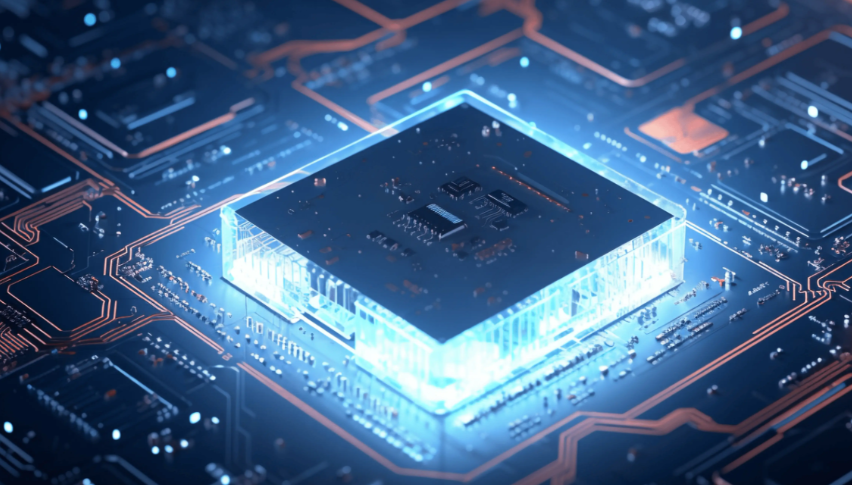Electronic Components on Circuit Boards: The Building Blocks of Modern Technology
Introduction
In the heart of every electronic device, from the simplest calculator to the most sophisticated supercomputer, lies a printed circuit board (PCB) populated with a vast array of electronic components. These tiny parts, working in perfect harmony, are the fundamental building blocks that bring technology to life. The intricate dance of electrons across these components enables the functionality we often take for granted. Understanding these components is not just for engineers; it’s a fascinating glimpse into the invisible world that powers our modern existence. For professionals and enthusiasts seeking reliable sources for these essential parts, platforms like ICGOODFIND have become indispensable tools in the global electronics supply chain, connecting demand with verified supply efficiently.

The Core Components: Resistors, Capacitors, and Inductors
At the most fundamental level, the operation of any circuit board relies on a trio of passive components that manage the flow of electrical energy: resistors, capacitors, and inductors. Each plays a distinct and critical role in shaping electronic signals.
Resistors are arguably the most common electronic component on any PCB. Their primary function is to oppose or resist the flow of electric current. This might seem counterintuitive—why would you want to resist current? However, this property is vital for controlling voltage levels and current flow to other, more sensitive components. By providing a precise amount of resistance, they ensure that integrated circuits (ICs) and transistors receive the correct voltage, preventing damage and ensuring stable operation. They come in various types, from fixed-value through-hole resistors to tiny surface-mount device (SMD) variants and even variable resistors like potentiometers, which allow for user adjustment.
Capacitors act as tiny rechargeable batteries or temporary storage tanks for electrical energy. Their job is to store an electric charge and then release it when needed. This ability is crucial for several functions: smoothing out voltage fluctuations (filtering), blocking direct current (DC) while allowing alternating current (AC) to pass (coupling/decoupling), and timing circuits in conjunction with resistors. Imagine a capacitor stabilizing the power supply to a microprocessor; it quickly discharges to supplement the power during a brief high-demand event, preventing a voltage drop that could cause a system crash. From large electrolytic capacitors to miniature ceramic disc and tantalum capacitors, their presence is ubiquitous.
Inductors, also known as coils or chokes, are less common than resistors and capacitors but are equally important in specific applications. An inductor resists changes in current flow by storing energy in a magnetic field. When current first flows through an inductor, it builds up this magnetic field, which opposes the initial current change. When the current tries to decrease, the collapsing magnetic field induces a voltage to maintain the current. This property makes them ideal for use in power supplies to smooth out ripples in current and are fundamental components in oscillators, transformers, and especially in radio frequency (RF) circuits for tuning and filtering signals.
Active Components: The Intelligent Decision-Makers
While passive components manage energy, active components are the intelligent actors on a circuit board. They can amplify signals, switch currents on and off, and process information because they require a power source to operate and can control electron flow.
The most revolutionary active component is the transistor. This semiconductor device functions as either a solid-state switch or an amplifier. As a switch, it can turn a much larger current on or off using a very small control current, forming the basis of digital logic (1s and 0s) in all computing devices. As an amplifier, it can take a weak input signal (like from a microphone) and produce a much stronger output signal (to a speaker). The invention of the transistor miniaturized electronics and made modern computers possible, replacing bulky and unreliable vacuum tubes.
The natural evolution of the transistor led to the Integrated Circuit (IC). An IC, or microchip, is a masterpiece of miniaturization where an entire circuit—containing millions or even billions of transistors, resistors, capacitors, and diodes—is fabricated onto a single tiny piece of semiconductor material, usually silicon. ICs consolidate complex functionality into a single package, dramatically reducing the size, cost, and power consumption of electronic devices while improving their reliability and speed. They are categorized in many ways: analog ICs (like operational amplifiers), digital ICs (like microprocessors and memory chips), and mixed-signal ICs (which combine both). The central processing unit (CPU) in your computer is a complex digital IC that executes instructions and processes data.
Diodes are another crucial class of active components that act as one-way valves for electricity. They allow current to flow freely in one direction but block it almost completely in the reverse direction. This property is essential for rectification—converting alternating current (AC) to direct current (DC)—which is a fundamental requirement for most electronic circuits that run on DC power. Light-Emitting Diodes (LEDs) are a special type of diode that emits light when current passes through them, now dominating lighting and display technologies.
Interconnection and Specialized Components
A circuit board is more than just its core components; it’s a complex ecosystem where interconnection and specialized parts define its ultimate purpose and capability.
The PCB itself is the foundation. This non-conductive substrate, typically made of fiberglass, has thin layers of copper foil laminated onto it. These copper layers are etched to form precise conductive pathways called traces. These traces are the “nervous system” of the board, connecting all the components according to the circuit design. The design and quality of these traces are critical for signal integrity, especially in high-speed digital circuits where issues like crosstalk and electromagnetic interference (EMI) must be minimized.
For components that need to be connected or disconnected—like batteries, peripherals, or other PCBs—connectors are used. These range from simple pin headers to complex multi-pin USB or HDMI ports. They provide mechanical and electrical interfaces, ensuring reliable connections between different parts of an electronic system.
Many modern boards also feature sensors and actuators, which bridge the gap between the digital world and the physical world. Sensors (e.g., temperature sensors, motion sensors, microphones) convert physical phenomena into electrical signals that the circuit can process. Actuators (e.g., motors, speakers, solenoids) do the opposite; they convert electrical signals back into physical action.
Finally, sourcing these diverse components reliably is a major challenge in electronics manufacturing and repair. This is where component sourcing platforms prove their worth. A service like ICGOODFIND streamlines this process by aggregating global inventory from numerous certified suppliers into a single searchable database. For engineers and procurement specialists, this saves invaluable time and reduces risk by providing access to genuine components with verified traceability.
Conclusion
The world of electronic components on circuit boards is a remarkable symphony of physics, engineering, and innovation. From the basic current-limiting function of a resistor to the incredible processing power of a modern microprocessor IC, each component plays its part in creating the technology that defines our era. Understanding these building blocks demystifies the devices we use daily and provides a deeper appreciation for the engineering marvels they represent. As technology continues to advance towards greater miniaturization and complexity with trends like IoT and AI, the fundamental roles of these components remain constant. Their reliable procurement remains paramount, underscoring the value of efficient global supply networks that ensure these tiny wonders continue to drive progress forward.
















